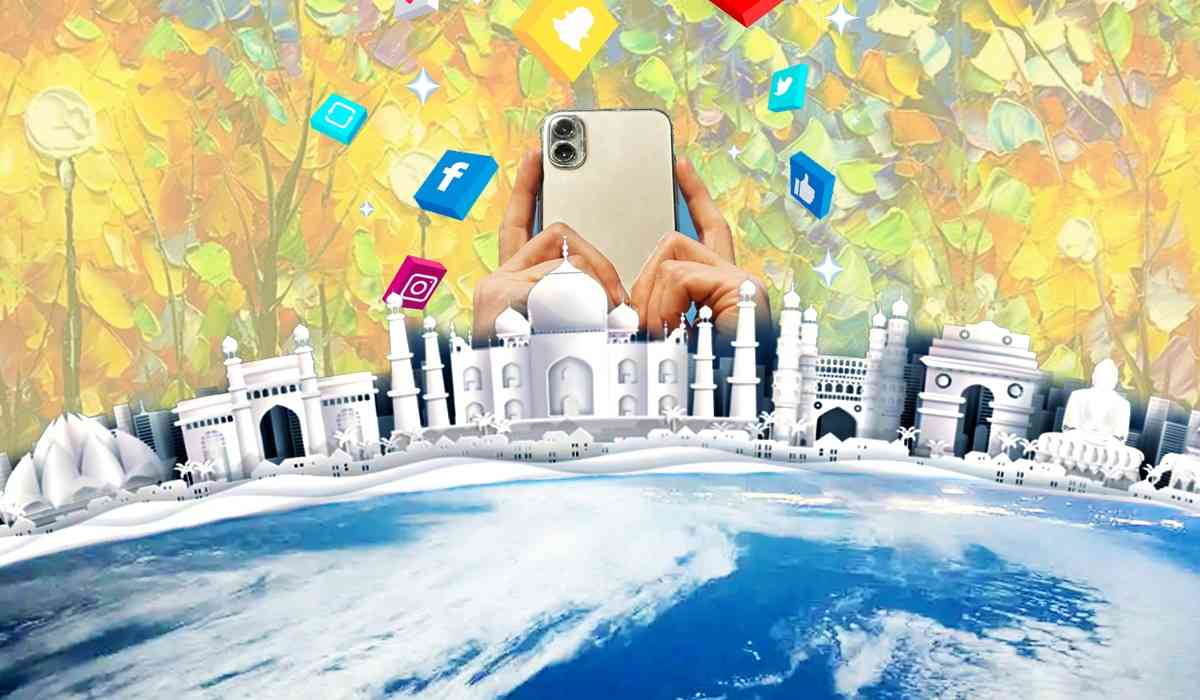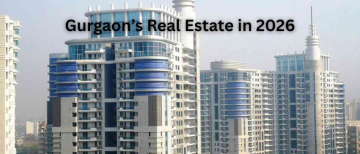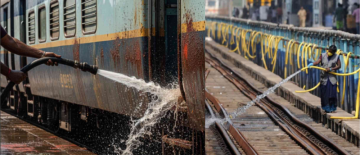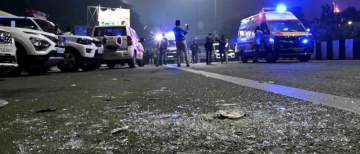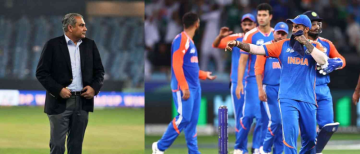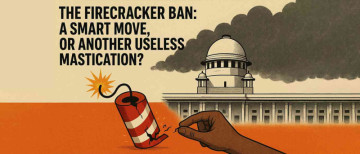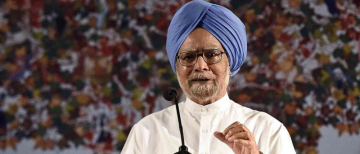The last decade has witnessed the dawning of social media as a transformative force that has dramatically changed global societies, and India was no exception to this global phenomenon. Indeed, India is among the biggest markets for Facebook, Twitter, Instagram, YouTube, and countless other social media platforms, and there has been a cultural transformation in the country due to these platforms. These platforms connect people and blur the lines between locality and globality, influencing everything from consumerist behavior to family values and movement in terms of social mobilization-political engagement. The phrase coined by media theorist Marshall McLuhan rings truer than ever these days "the global village", as digital media breaks down both physical and cultural barriers. This connectivity is changing and reshaping Indian society significantly and its culture.
Can someone fix a toxic work culture? Read an interesting piece here
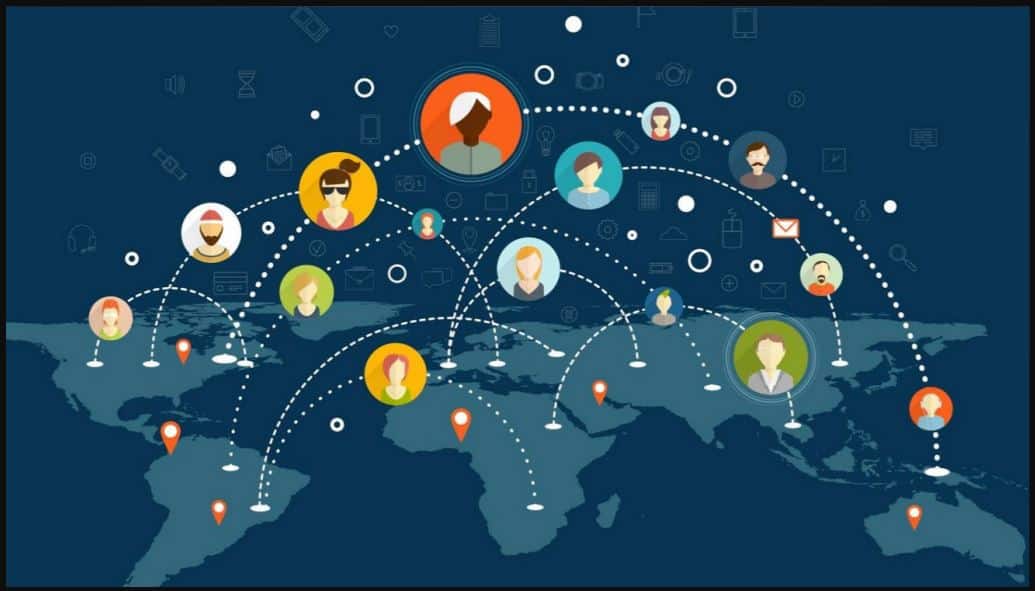
India's Social Media Landscape
One of the largest and the fastest-growing markets for platforms, India boasts of having over 820 million active internet users as of 2023, nearly 462 million Indians using social media platforms in 2023, and with this number set to rise to more than 700 million by 2027. In this space, other big players like Facebook, WhatsApp, Instagram, and YouTube reign, but India's propensity for short-form video content experienced meteoric success with the advent of TikTok, which gained such popularity until it was banned in 2020, and Indian alternatives, Moj and Josh, began racking up millions of users in no time.
The social media platforms Instagram and also YouTube also allowed their users to share short video content, and they joined the ride. The demographic profile of India plays a prominent role in this expansion. More than 50% of the Indians are below the age of 25. For that section, social media has become a natural outlet for expression, interaction, and cultural exchange. Social Media and the Transformation of Indian Traditions.
The most significant change social media is bringing to Indian culture is that it competes and challenges traditional aspects of Indian culture, changing what they ascribe value to. It's all the way from wedding rituals to gender roles and even spiritual practices. These days, young Indians are exposed to the entire gamut of ideas and lifestyles that come from every corner of the world.
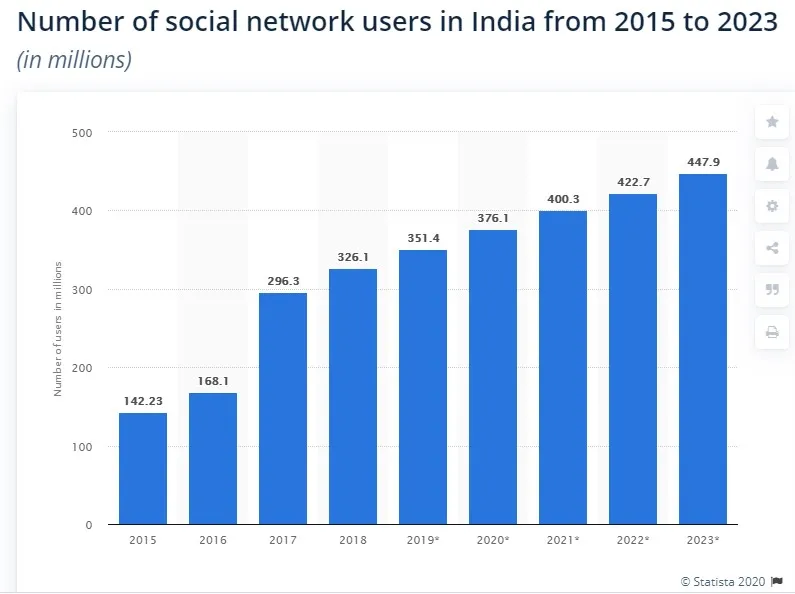
Shifting Family Profiles and Relationships
Traditionally, families and communities formed integral parts of Indian society; however, it had expected roles and responsibilities attached to it. In fact, social media has opened new doors for young Indians to enter into the ideas of individualism, self-expression, and autonomy. It has had a direct influence on the way relationships are perceived and maintained now. One of the largest impacts this has had on Indian society is the dating application.
Dating apps like Tinder, Bumble, and Hinge have completely changed the game of love and relationships in urban India. Casual dating as well as inter-caste or inter-religious relationships-considered uncultured and taboo earlier-have became much more acceptable among youth. According to a report by the Tinder application, Indian users were now more willing than ever to engage in multiple cultures, and cross-cultural interactions were on the rise.
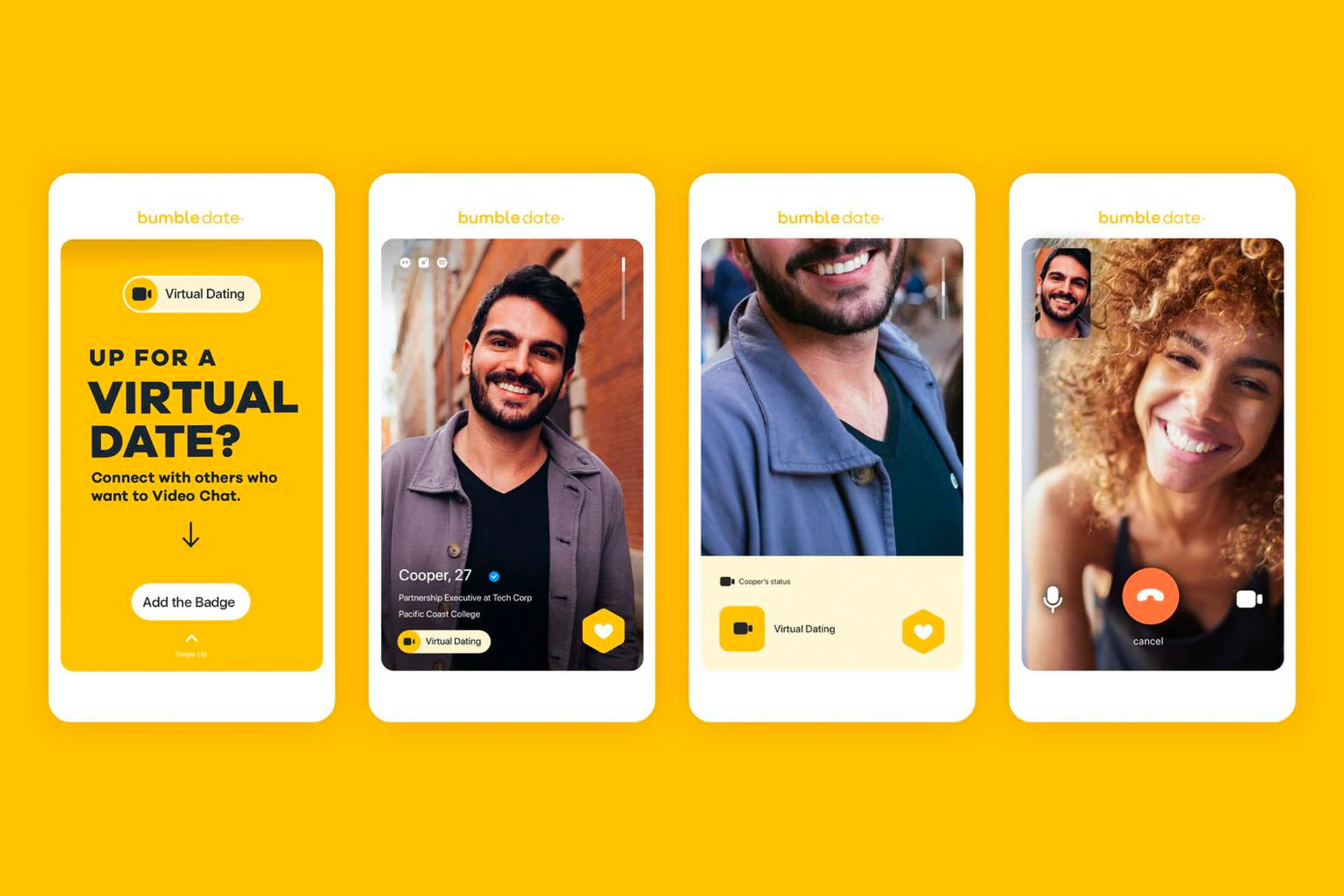
Changing Gender Roles and Women Empowerment
Social media has deeply contributed to the shaking of patriarchal norms because it strengthens gender equality in India. Hashtag movements such as #MeToo, #StopAcidAttacks, and #GirlsWhoCode have initiated national and international dialogue on women's rights, sexual harassment, and gender inclusivity. Platforms offer women a space to share stories, raise their voice, and join supportive communities.
For instance, India's #MeToo movement began to take off on Twitter in 2018, whereby the systemic problems of sexual harassment and gender-related discrimination in various sectors of the country came under scanner. Women from all walks of life were empowered to share their experiences, which in turn fostered a much larger societal conversation about women's rights.
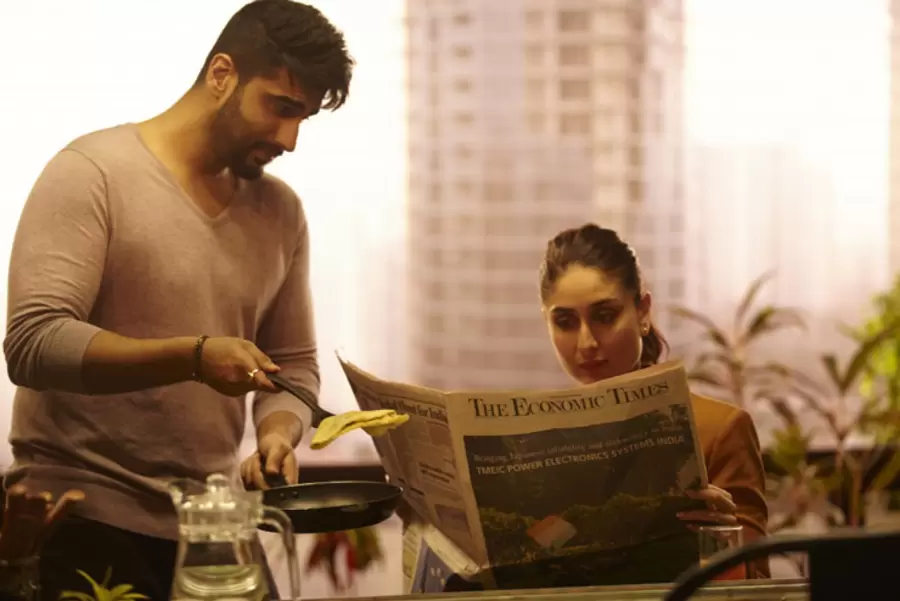
The Intersection of Tradition and Modernity
Traditionally as well as modernly, India has been one place where this intersection of both elements seems to coexist. The confluence of this was amplified by social media. Consider Indian weddings steeped in rituals and traditions. Instagram and YouTube made these events more elaborate, from families trending global occurrences into traditional ceremonies. From pre-wedding shoots to "viral" dance performances, Indian weddings are now a hybrid of ancient customs and modern influences, with couples using platforms to showcase their events to a global audience.
The fashion and lifestyle Instagram influencers like Komal Pandey and Kritika Khurana, have indeed managed to thrive by smoothly blending traditional Indian attire with modern aesthetics. Today, it is mainstream, referred to as "ethnic fusion," where traditional sarees are put together with modern accessories, kurti's and suits paired with jeans, boho jewelry, and whatnot show a cultural blend that speaks to the millennial generation.
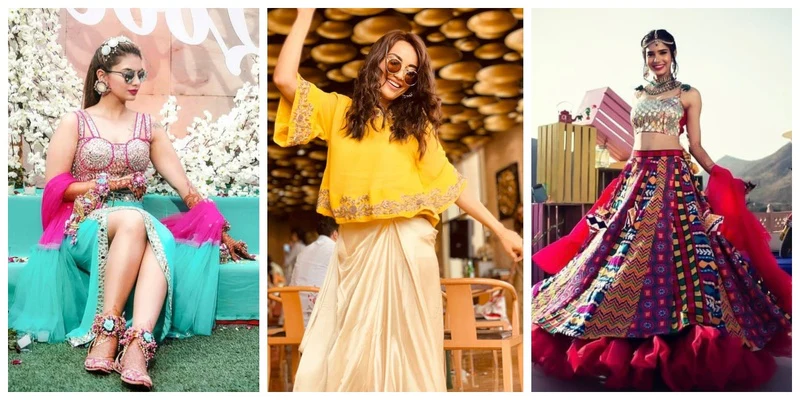
This has also changed the nature of choices of food people in India make and has gotten veganism, keto, and other fusion dishes as the highlights, social media has also played a vital role in bringing sushi and kimchi to the plates of I ndians. The Instagram and YouTube has further made international foods 'cool' and changed the urban habit of dining.
This has also played a key role in revival of regional Indian foods and making people consume more locally sourced and forgotten ingredients and recipes. From pani puri and vada pav, the much-loved Indian street food, to fusion dishes extolling the cultural exchange of flavors by social media, have also put Indian food on a global stage.
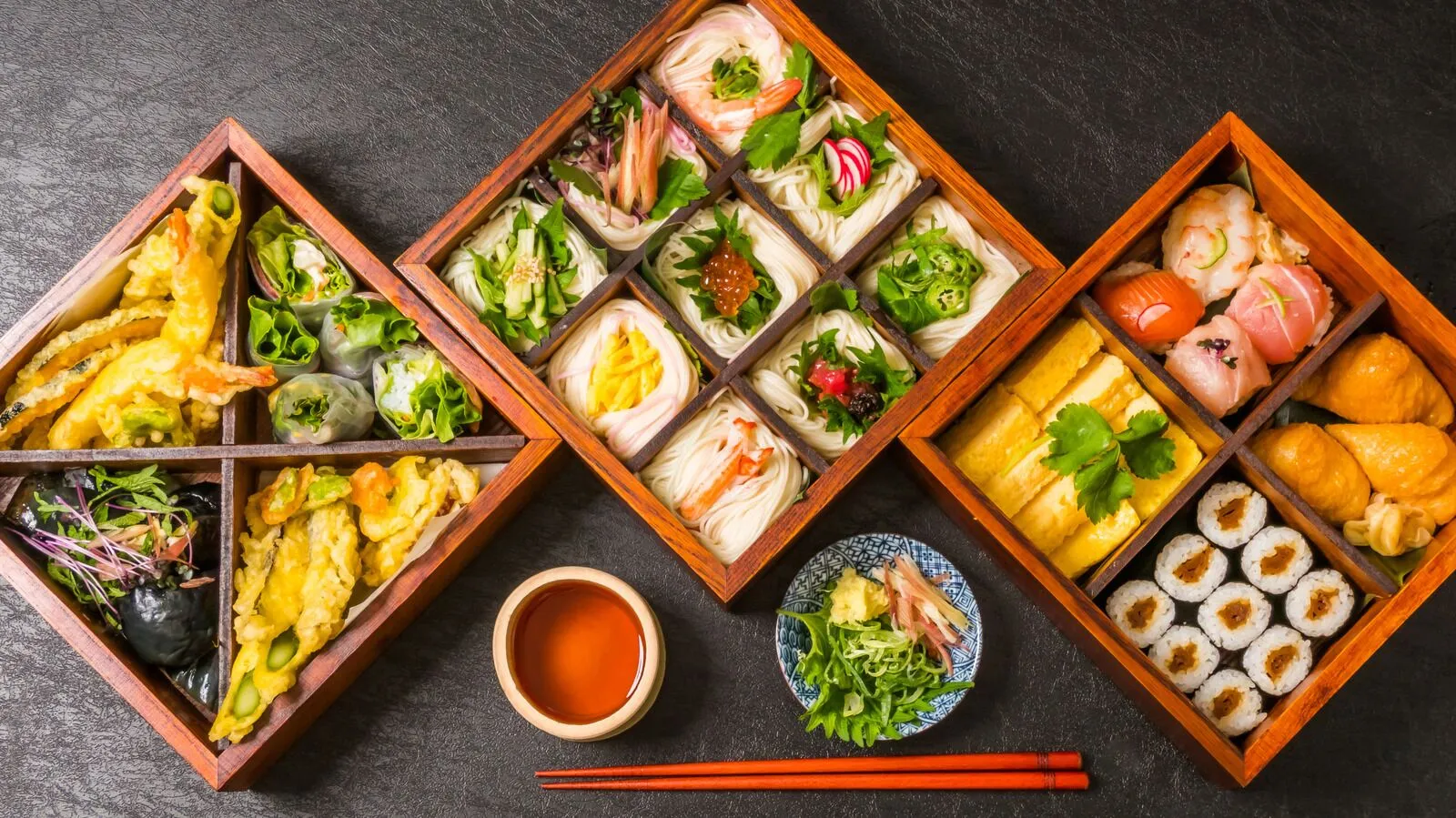
Social Media in Cultural Movements
Social media also emerged as a crucial aspect behind social and political movements in India. Twitter and Facebook have become a virtual battleground where ideas and ideologies clash and evolve.
- Political Mobilization and Civic Engagement
Political parties in India immediately sensed how much social media will support campaigning to voters, particularly among the younger ones and first-time voters. Prime Minister Narendra Modi has been highly adept at communication through social media directly with citizens. His Twitter account alone boasts more than 90 million followers, one of the most followed world leaders. Since the 2019 general elections, various political parties engaged in strategic campaigns across Facebook, WhatsApp, and YouTube. Social media offered a channel of communication between the political leaders and the electorate with bypasses from the traditional media circuit. The political debates, promises, and even mudslinging gave a perfect representation of how social media is changing the way politics is discussed in India. In the general elections that happened in 2019, the political parties campaigned for targeted elections through Facebook, WhatsApp, and YouTube. Social media cut across the traditional media barrier as an unprecedented avenue for straight communication between the political leadership and the electorate.
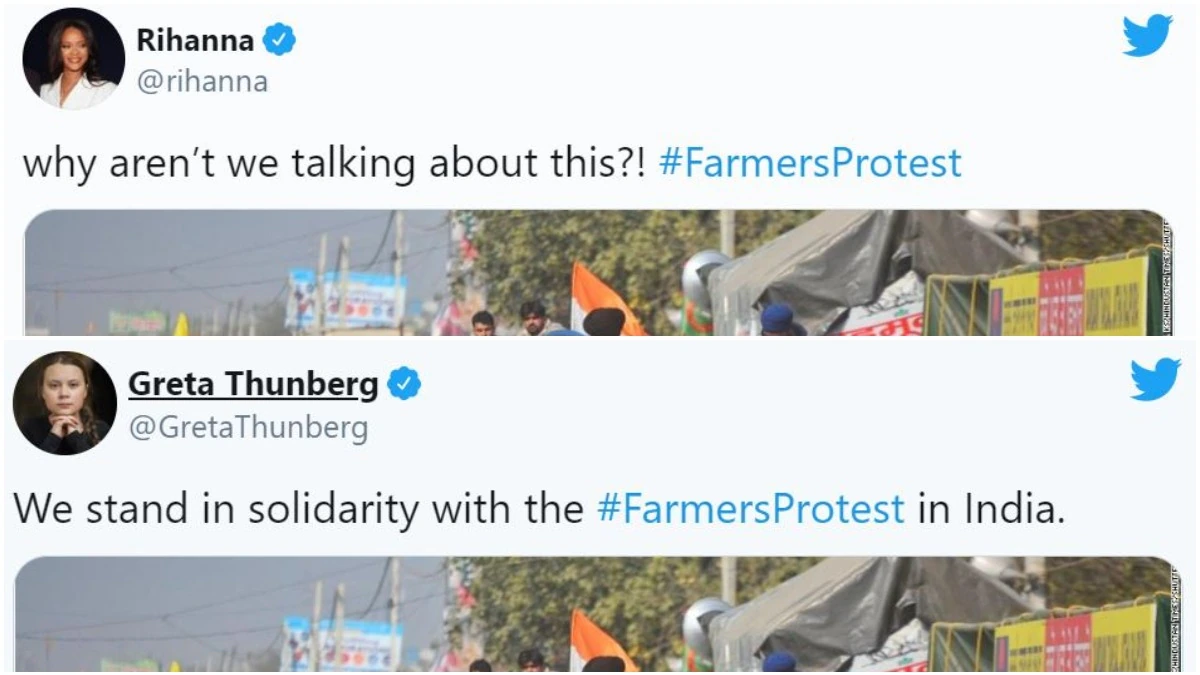
- Social Justice Issues
Politic aside, social media has also played a crucial role in placing the amplifying voices on social justice matters. The 2020-2021 Indian farmers' protest included mass mobilizations on social media, where millions posted updates, shared images, or even live streamed protests through various mediums. Such hashtags like #FarmersProtest or #IStandWithFarmers went viral across the globe with some of the world's icons, such as Rihanna and Greta Thunberg, showing their support for the Indian farmers. Similarly, YouTube and Instagram, by allowing some of the Indigenous voices and marginalized communities to tell their stories, are incorporating important contributions into this greater process of a new cultural narrative.
_1726827792.png)
The Dark Side: Cultural Erosion and Misrepresentation
Though social media has revolutionized the domain of communication and cultural expressions in India, it also presents extremely negative cons. Such widely adopted platforms have worried many people about eroding the traditional values, spreading false information, and shattering mental health. The understanding of negative impacts is necessary to bring a more balanced, thoughtful approach.
- Cultural Erosion: Losing Touch with Indian Traditions
The largest fear that has been generated in the minds of many from this social media influence is the increasing rate of cultural erosion. This is because Indian society gets more and more entrenched in the digital world, traditional values, customs, and traditions give way to the more Westernized ones, causing an erosion of the traditional Indian culture.
The areas most affected are:
- Westernized Lifestyle: The increasing number of international celebrities and influences on pages like Instagram and YouTube initiated overnight growth of Western lifestyles in fashion, food, and other aspects of Indian lives. Indian millennials and Gen Z prefer dressing in the way of Westeners and listen to Western music. They even celebrate holidays like Halloween. This can be clearly seen in the urban areas where the typical Indian attire of sarees and dhotis is predominantly substituted by jeans and t-shirts.
- Effect on Languages : Indian culture has linguistic diversity, as it supports 22 official languages and more than 1,600 dialects. However, the dominance of the language English on the social networking sites has raised the inevitable questions of the decline in regional languages and dialects. although it has also helped to preserve regional language and dailects, but the fact remains that the digital language of communication continues to be English among the youth today and, more so the urbanized ones. This may likely spell loss of proficiency in regional languages and, by extension, loss of the tradition literatures, folklore, and the history they carry.
- Traditional Ceremonies and Social Institutions: At least in many ways, the new digital lifestyle promoted by social media could not be more alien to the Indian traditional values. For example, contemporary youth may find career ambitions or personal achievements more important than family obligations, living in communities, or participating in religious rituals. Festivals that were once participative activities meant for communities are now more streamlined towards being photogenic or television friendly. For example, what was once the glorious Diwali festival has transformed into an Instagram fodder where its religious and community related aspects are almost sidelined by glittering decorations and costumes and selfies.
_1726829074.png)
- Fake News, Misinformation and Polarisation
This open nature of social media contributes to the fertile ground for misinformation and fake news, which can distort our perceptions of Indian culture and history and even worse lead to social and communal strife.
- Dissemination of Wrong Information: WhatsApp, Facebook, and Twitter have become notorious for spreading false information. Since the internet is not growing at an equal pace all over the country, most people cannot tell the difference between good sources of news and a scam. In 2018 alone, false WhatsApp messages about the kidnapping of children led to vigilante violence and lynchings across the country. Other types of dangerous disinformation include cultural myths, historical inaccuracies, and religious distortions that lead to communal tensions among various groups of ethnic and religious affiliations. It leads to polarization in political and cultural views: India has seen the amplification of echo chambers through algorithms where people are nudged toward engagement-driven content, thus creating an echo chamber where they only meet views that resonate with their own views. Hyper-nationalism, especially via social media, has widened these divisions because specific groups have leveraged those outlets to espouse agenda that feed hate and intolerance, even violence.
- Cultural Misrepresentation: The tempo of social media is fast, often focusing on the visual, and so typically tends toward oversimplification or skewed versions of Indian culture. Influencers and content creators may cherry-pick elements of Indian tradition and blend them into popular trends, thus presenting very superficial or exotic views of life in India to global audiences. This may make it lose some depth and authenticity in how Indian culture is interpreted domestically and internationally alike. Moreover, the commodification of culture—in other words the making of traditional Indian art forms, rituals, or practices trends, may make what was once considered sacred or culturally significant become acts for sale.
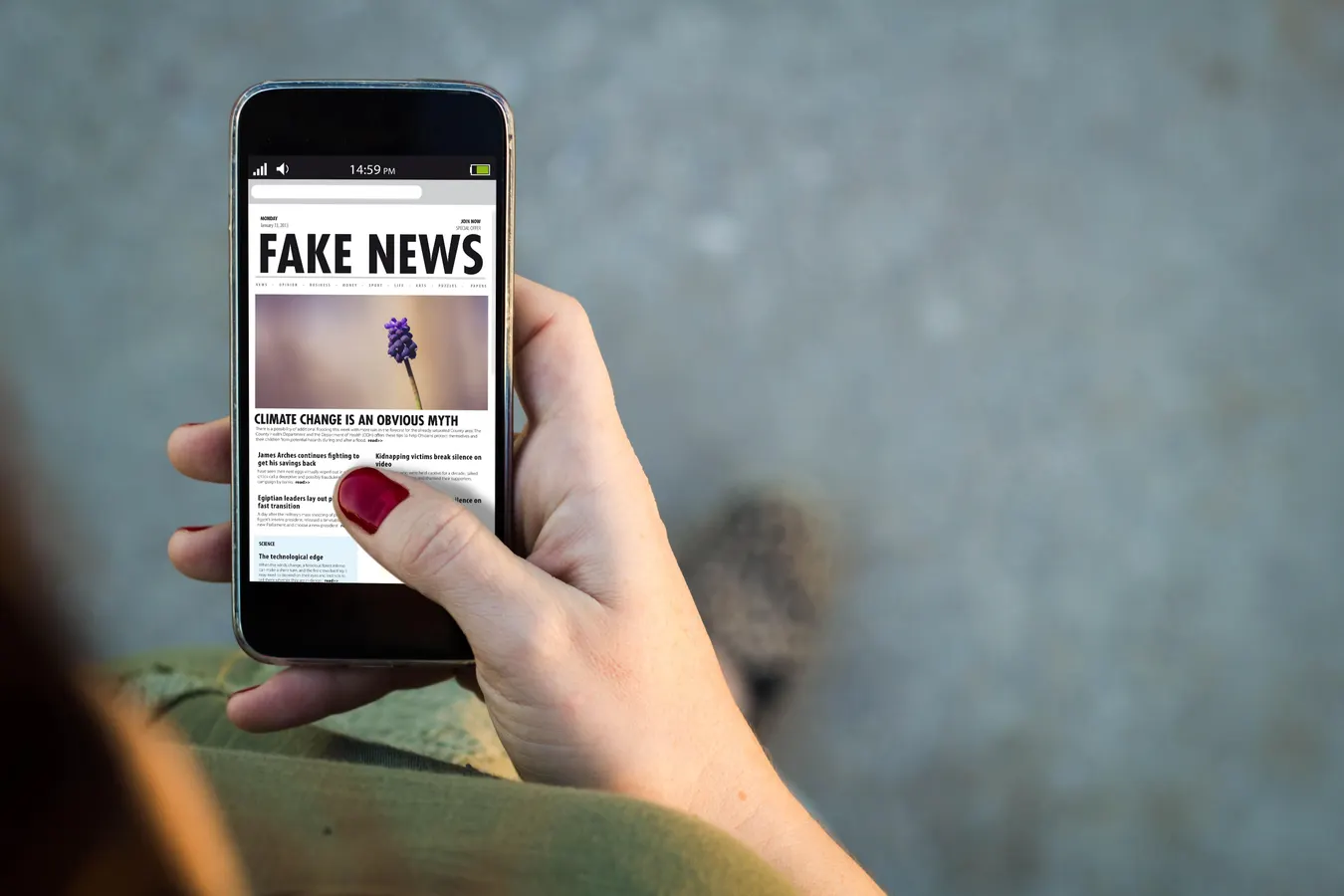
- Mental Health and Unrealistic Standards
Other causes include raising unrealistic standards of beauty, success, and lifestyle. The highly choreographed lives of influencers and celebrities tend to breed feelings of inadequacy, anxiety, and depression in users.
- Unattainable Physical Ideals: Social media sites are full of Instagram and YouTube filters, photo-editing tools, and beauty influencers peddling unattainable physical ideals. This is a very damaging influence on young Indians, particularly young women, for whom these are the kinds of beauty standards that they will be pressurized to meet. Increasingly, lightening creams are being used, again at least partially due to social media advertisements. While body positivity and skin acceptance are increasingly the subjects of much chatter, in fact, a society's focus on fair skins, slim bodies, and perfectly groomed appearances thrive on social platforms.
- Social Comparison and FOMO: The Indian youth, who make up the majority of the social media population, are increasingly hitting turbulence with the psychological impacts of social comparison. For instance, Instagram pushes the consumer to share only their "best life" even at the cost of curating others who create such handy comparisons between what they perceive as ordinary, everyday experience of life. It creates the illusion that everybody else is more successful, well-groomed or enjoying a glitzier life, and this makes one anxious, have low self-esteem and all kinds of FOMO(fear of missing out).
_1726828239.png)
- Over-Commercialization and Consumerism
Social media has become the zone of consumerism in India. It satisfies prime space areas for advertisements and influencer marketing, which, on its own, has promoted economic growth in the fashion, beauty, and lifestyle industries, but over-commercialization of culture and a materialistic mindset have been a cause of concern.
- "influencer" culture
There has rise in "influencer" culture that has taken on the role of powerful influencer over consumer behavior, endorsing products from luxury brands to the most basic items. Along with opportunities for entrepreneurship, it has pushed a consumerist culture in which status and identity are increasingly linked to material possessions. Influencers push product and lifestyle choices that most ordinary people cannot have access to, thereby promoting the continuous spiral of social comparison and financial pressure.
- Festivals and Celebrations as Business Enterprise
Social media has created festivals like Diwali and Holi out of erstwhile sacred Indian festivals. During these festivals, brands use the same to target advertisements that flood platforms with their self-publishing sites. Festivals, what were once family-and reverence-oriented celebrations now celebrated as consumerism with calls to buy new clothes, jewelry, and other commodities for photoshooting on social media.
Social media in India has undoubtedly opened up new avenues for cultural expression, connectivity, and social change. However, the erosion of culture, misinformation, social polarization, and consumerism cannot be excluded from the negative impacts. Indian society is at this crossroads where it needs to move between embracing the global village and carving something distinctive, unique, in its traditions, value system, and mental well-being. The responsible use of social media and higher sensitivity toward its adverse impacts will help India reduce those adverse effects and safeguard its cultural identity while adapting to the new digital age. To protect Indian culture in any form of social media exchange without sacrificing it, the policymakers, educators, and creators of a social media platform have to join hands.
Image Source: Multiple Agencies
Ⓒ Copyright 2024. All Rights Reserved Powered by Vygr Media.

